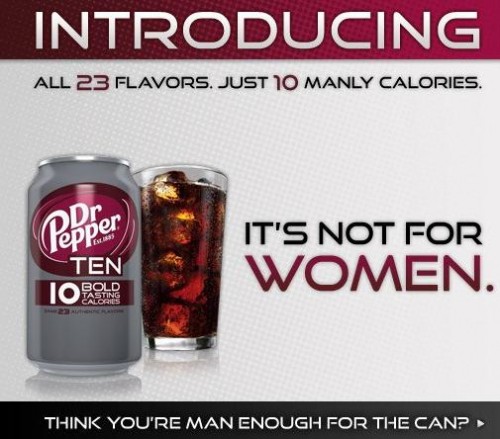Time Magazine (2009) reports that McDonald’s has approximately 32,000 restaurants in 118 countries. Of those, only about 45% were in the United States. The key to success of the American restaurant chain in other countries is to adapt its business to the local culture.
For example, today McDonald’s operates approximately 1,000 restaurants in China. In the book McDonald’s: Behind The Arches, Yunxiang Yun argues that it has been successful in Beijing because it has become a fun place to hang out. While it seems foreign to many Westerners, who think of McDonald’s as a place to buy cheap food quickly, many Chinese people eat there because of the atmosphere and service. More, the food isn’t associated with obesity, as it is in the U.S.
This perception of McDonald’s has made it a sought out location for weddings. Er, McWeddings.
A McDonald’s nuptial package in Hong Kong costs about HK$10,000 (US$1,300). According to the New York Times, a McWedding…
…includes food and drinks for 50 people… a “cake” made of stacked apple pies, gifts for the guests and invitation cards, each with a wedding photo of the couple.
The ability to reinvent itself is the key to the Golden Arches’ success in China. It also suggests that the associations Americans have with the chain aren’t inevitable, but specific to cultural context. Projected to double the number of stores by 2013, it will be interesting to see what other adjustments McDonald’s makes down the road.
Sangyoub Park is an assistant professor of sociology at Washburn University, where he teaches Social Demography, Generations in the U.S. and Sociology of East Asia. His research interests include social capital, demographic trends, and post-Generation Y.















